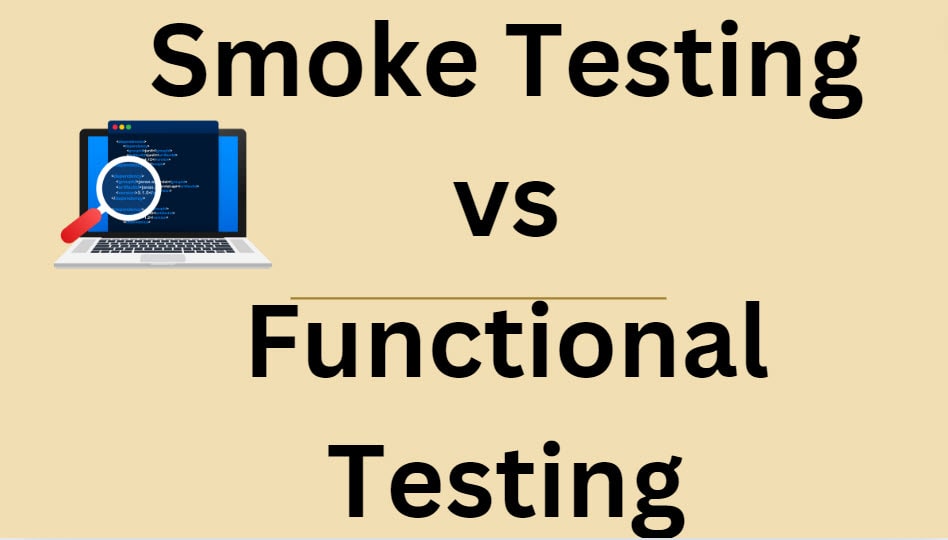Smoke testing and functional testing are both important types of software testing, but they serve different purposes and are conducted at different stages of the development process.
Smoke testing
Smoke testing is a preliminary type of testing, also known as build verification testing. It’s designed to quickly determine if a new software build is stable enough for further testing. The main purpose of smoke testing is to verify that an application’s most critical functionalities work as intended without delving into detailed testing.
Key characteristics of smoke testing
It’s performed early in the testing process, often on each build delivered to QA.
It’s a quick process focusing on core functionalities.
It helps decide whether to proceed with more extensive testing or reject the build.
On the other hand, functional testing is a more comprehensive type of testing that verifies whether the software meets the specified functional requirements. It involves testing each function of the software application by providing appropriate input and verifying the output against the functional requirements.
Functional testing
It is more detailed and time-consuming than smoke testing.
Covers all features and functionalities of the application.
Ensures that the software behaves according to the specified requirements.
While smoke testing is a subset of functional testing, it’s important to note that smoke testing is typically performed before full functional testing begins. If a build passes smoke testing, it moves on to more thorough functional testing phases.
Here’s a tabular comparison of smoke testing vs functional testing
| Aspect | Smoke Testing | Functional Testing |
|---|---|---|
| Purpose | Quick verification of critical functionalities to determine if the build is stable enough for further testing | Detailed and thorough testing of all software functions against specifications |
| Scope | Limited, focusing on core functionalities | Comprehensive, covering all functional requirements |
| Depth | Shallow, high-level checks | In-depth analysis of each function |
| Timing | Performed quickly after each build | Conducted throughout the development cycle |
| Goal | Identify show-stopping defects early | Ensure all features work as expected |
| Execution | Often automated, it can be manual | Both manual and automated |
| Test Cases | A few critical test cases | Many detailed test cases |
| Time Required | Quick, typically minutes | Longer, can take hours or days |
| Performed By | Developers or testers | Primarily by QA testers |
| Outcome | Pass/Fail decision for further testing | Detailed bug reports and function verification |
You may also like following the articles below
In summary, smoke testing is a quick, preliminary check to ensure basic functionality, while functional testing is a comprehensive examination of all the software’s features and behaviors against specified requirements.

My name is Madhu, and I’m a certified Test Consultant with more than 16 years of hands-on experience developing and maintaining manual and Test Automation in the Software industry. I have experience with automation tools such as Selenium, Katalon Studio, etc.
